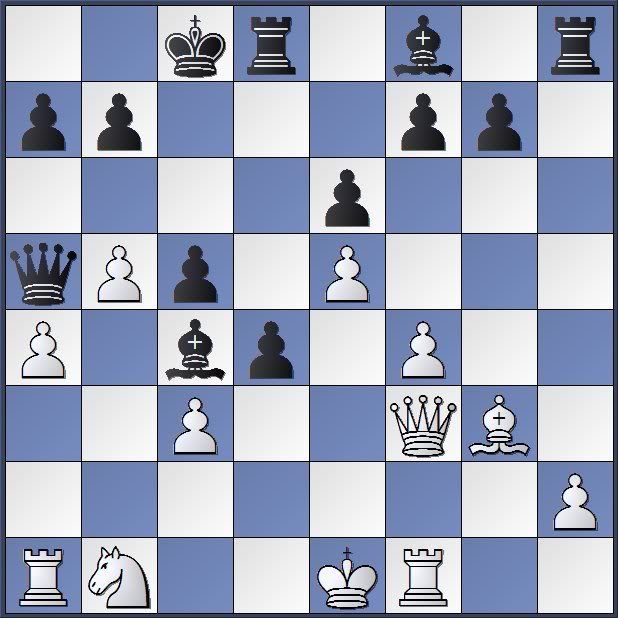Black to move -+

After the game, I asked my opponent to promise he'll never so easily succumb to this tactic again. He is one of the promising junior players in the area, and had played in a few scholastic tournaments, but recently starting coming to the Spokane Chess Club and playing in USCF events.
Even though I gained a theoretically decisive advantage easily from the opening, the game still had plenty of play. Along the way I found many good moves, and often the best. In the quest for chess truth, more of these good moves must give way to the best. This transformation is an energy efficient vehicle on the road to chess improvement.
After 19.Rf1, we reached this position.
Black to move -+

Two moves present themselves:
19...Bxf1
19...Bxb5
Which is best? Why?
Is it best to win the exchange, or might Black be better off keeping the bishop while snatching an undefended pawn?













All my materialistic instincts say that taking the Exchange should be winning, yet...that bishop is an awesome attacking piece. This isn't really a "concrete" variation, but how about Bxb5 20. Rf2 dxc when some combination of Bb4, Rd3 and Rhd8 will produce a raging attack?
ReplyDeleteI think that 1. ... Bxf1 is the move to play since 1. Bxb5 just opens up lines to your kingposition.
ReplyDeleteI would take the rook, yeah, bishop attacks, but exchange is exchange, also that rook can defend. The attack is still strong after adjusted Wahrheit's line - dxc3, Rd7, Rhd8.
ReplyDeleteI played 19...Bxb5. Yes it does slightly open lines to my king, but I have far more material that can fight there than my opponent, and his king is far more vulnerable. Later, my opponent almost looked as if he could get some counterplay along two diagonals--h2-b8 and h3-c8--but my bishop came back to secure e6, which kept both diagonals blocked by pawns. The White king's vulnerability proved decisive and I was glad that I'd kept my cleric.
ReplyDelete